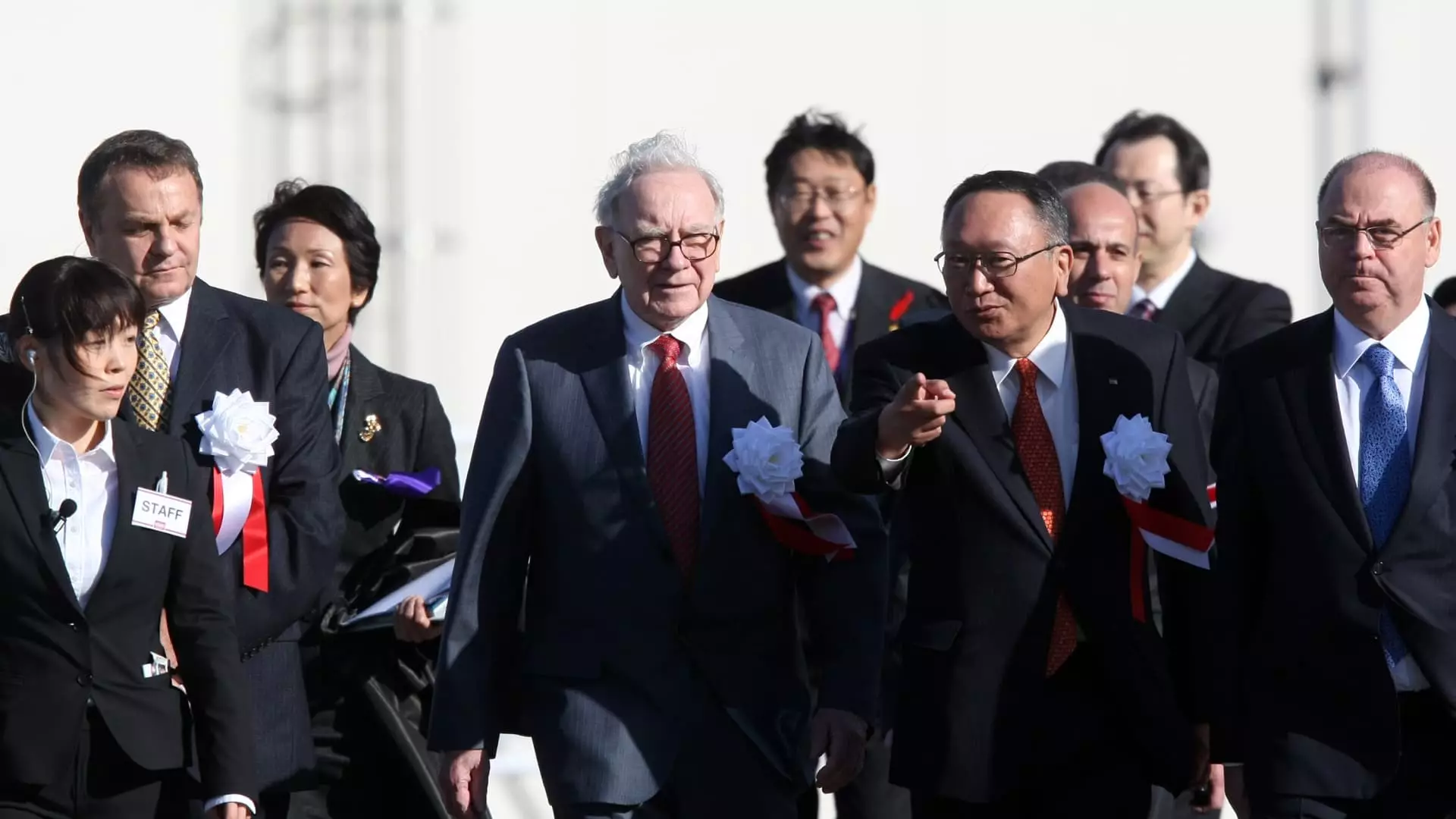Warren Buffett, the revered chairman of Berkshire Hathaway, has unveiled a significant shift in the company’s investment strategy concerning its Japanese holdings in his recent annual letter to shareholders. Initially confined to a 10% ownership cap in each of its investments, Buffett now indicates a willingness to exceed these thresholds as the company deepens its commitment to five major Japanese trading houses: Itochu, Marubeni, Mitsubishi, Mitsui, and Sumitomo. This strategic pivot not only reflects Berkshire’s long-term investment philosophy but also showcases Buffett’s confidence in these companies’ potential for growth and resilience.
Understanding the Japanese Trading Houses
The five firms that Berkshire has invested in are classified as “sogo shosha,” entities that operate as general trading companies engaged in multifaceted investments, both domestically and internationally. Buffett draws parallels between these firms and Berkshire itself, highlighting their diverse operations across various sectors. The portfolio’s market value is impressive, recorded at approximately $23.5 billion by the end of 2024, with a substantial return based on the $13.8 billion investment. This growth underscores the strategic alignment between Berkshire’s investment strategies and the business models of these trading powerhouses.
Berkshire Hathaway’s approach to navigating currency fluctuations has been particularly noteworthy. Buffett has been proactive in selling Japanese debt while issuing yen-denominated bonds, a maneuver aimed at mitigating foreign exchange risks. The company’s adeptness in managing these financial dynamics allowed for a reported after-tax gain of $2.3 billion on its Japanese bonds, marking a significant financial advantage attributable to favorable currency movements. The manifestations of these strategies reveal Berkshire’s forward-thinking approach in maintaining currency-neutrality while securing consistent income streams from its investments.
Looking ahead, Buffett projects that the annual dividend income from these investments will approximate $812 million, signifying the potential long-term profitability of such strategic commitments. His confidence that future successors, including Greg Abel, will maintain these investments for decades reinforces the idea of a stable, growth-oriented investment philosophy that extends beyond his tenure. This mindset reflects Buffett’s belief in the fundamental strength of the underlying companies and their ability to flourish despite recent challenges in the market.
Challenges and Future Outlook
Despite the promising landscape, these Japanese trading houses are facing their own hurdles, with significant stock declines over the past year—Mitsubishi, in particular, has faced a staggering 26% depreciation. As Buffett remains optimistic about the long-term potential of these investments, it is essential to consider the broader economic and market dynamics that could impact their performance. The trajectory of these firms in the context of overall global market conditions will be crucial in shaping not only Berkshire Hathaway’s financial outcomes but also its overarching strategic vision.
Berkshire Hathaway’s commitment to its Japanese investments embodies the principles of long-term investment, risk management, and strategic adaptability. As Buffett forges ahead, the company positions itself not merely as an investor but as a proactive partner in discovering innovative ways to harness growth alongside its Japanese counterparts. The future may hold challenges, but Buffett’s insights and strategies ensure that Berkshire remains well-equipped to pursue its ambitions in the Japanese market.

